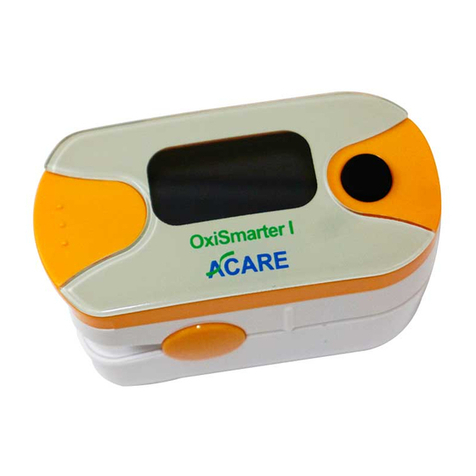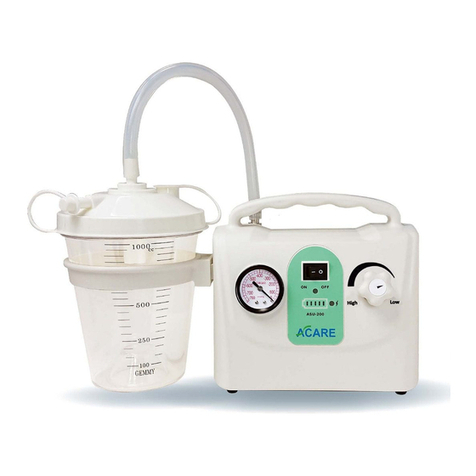4.8 When an Alarm Occurs...............................................9
Chapter 5 Measuring SpO2................................................1
5.1 Introduction................................................................1
5.2 Safety Information......................................................2
5.3 Monitoring Procedure.................................................4
5.4 SpO2 Display..............................................................5
5.5 PR Display..................................................................5
5.6 SpO2 Alarm Setup......................................................6
5.6.1 Switching SpO2 Alarm On/Off.............................6
5.6.2 Setting the Alarm Level........................................6
5.6.3 Adjusting the Alarm Limit....................................6
5.6.4 Altering the Desaturation Limit.............................7
5.7 PR Alarm Setup..........................................................7
5.7.1 Switching PR Alarm On/Off.................................7
5.7.2 Setting the Alarm Level........................................7
5.7.3 Adjusting the Alarm Limit....................................8
Chapter 6 Reviewing...........................................................1
6.1 Introduction................................................................1
6.2 Reviewing Screen.......................................................1
6.3 Reviewing Setup.........................................................2
Chapter 7 Battery...............................................................1
7.1 Introduction................................................................1
7.2 Installing Batteries......................................................3






























